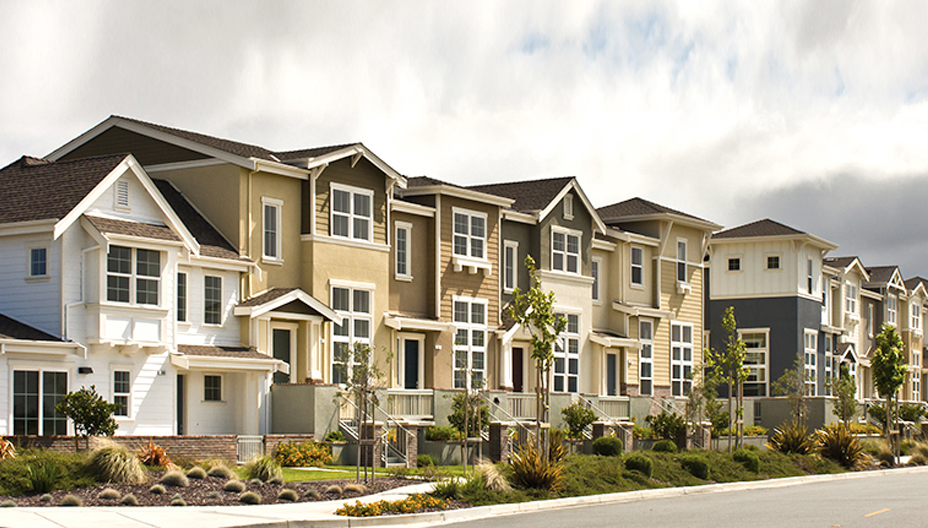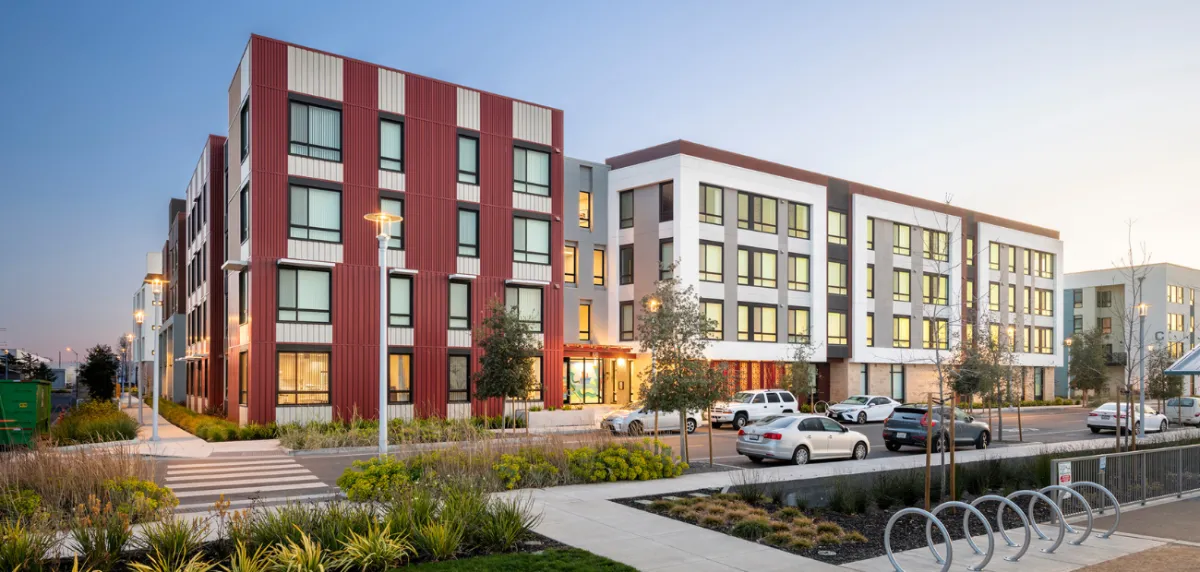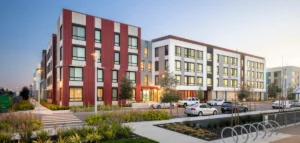
By Les Shaver | October 21, 2020 at 07:21 AM
The election is now two weeks away. While the two presidential candidates are presenting widely divergent visions for the country, there probably will be little difference in commercial real estate performance, according to a new report from Newmark Group.
Over the past 40 years, annualized total returns averaged 9% under Democratic presidents and 8.2% under Republican presidents. In the report, Newmark says that economic and geopolitical factors likely have a more significant influence over office or apartment fundamentals than which political party is in charge.
“The outside events that are not directly controlled by American public policy tend to have a much greater impact on the commercial real estate market than the specifics that come out of Washington,” Sandy Paul, senior managing director of national market research at Newmark Knight Frank’s Washington, DC, office, tells GlobeSt.com.
The more favorable office fundamentals over the past two decades have occurred when Republicans controlled Congress, according to Newmark. In those times, US office absorption averaged 40.8 million square feet per year, significantly higher than the 20-year average of 16.1 million square feet per year. When Democrats controlled Congress, office absorption averaged negative 6.3 million square feet per year.
On the multifamily side, effective rent change averaged 2.7% under Democratic President Barack Obama, which was significantly higher than the 20-year average of 2.0% and the 1.6% average under Republican Presidents George W. Bush and Donald Trump.
Paul says this is more likely correlation than causation for both the multifamily and office performance. The proliferation of high-paying technology jobs in major US multifamily markets drove this growth than are the policies of either major political party.
“If you want it to go a little deeper, I think we could speculate that during the Great Recession, which encompassed the first year or so of the Obama administration, the market fundamentals favored a more defensive posture and multifaceted multifamily tends to be a more defensive investment,” Paul says. “It does well counter-cyclically.”
Paul says there is a longstanding theory that there is considerably more spending when there is a single party in control of Washington. It is also assumed to be a lot easier to pass bills that dramatically shape the economy and the real estate market when there is single party control. But that isn’t necessarily the case.
“Research shows that it is about much more about what else is happening in the world than it is about single-party control,” Paul says.
Ultimately the most significant way elections affect real estate is through economic uncertainty, which may be even more pronounced in the tumultuous 2020 cycle. But Paul says that job growth in election years has averaged 1.7 million, slightly higher than the 40-year average annual job growth of 1.5 million.
“In other words, the election years aren’t always more volatile than the year surrounding them,” Paul says.











